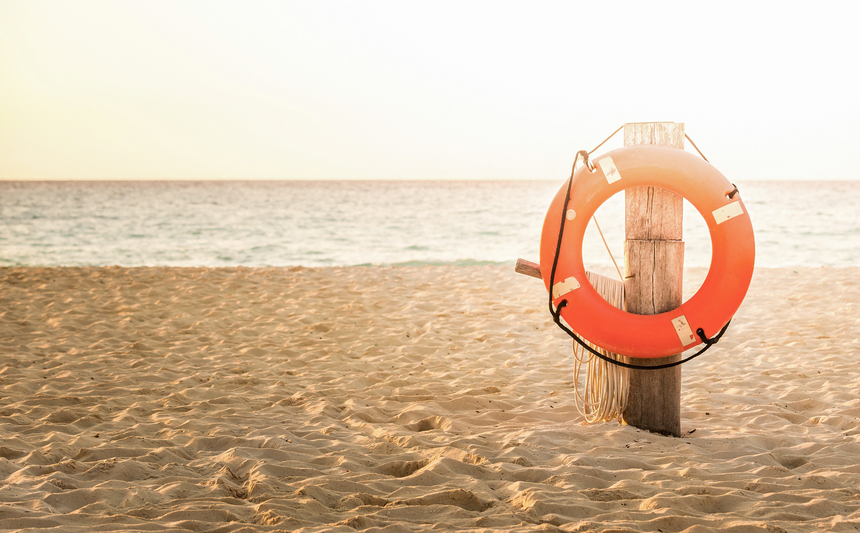Drowning isn’t obvious.

Here’s how to spot someone in trouble.
Many of us assume we know what it looks like when a person is drowning: Waving hands, splashing water and shouts for help.
Unfortunately, drowning isn’t nearly that obvious. One of the most alarming things about drowning is that unlike its depiction in Hollywood, it’s a deceptively quiet event.
Every day in the U.S., about 10 people die from drowning. Among children 15 and under, it is the No. 2 leading cause of deaths (just behind car accidents). And for every child who dies from drowning, there are five others who require emergency room care or hospitalization.
Although it may be difficult to identify someone who is drowning, there are common behaviors that might indicate something is wrong. The behaviors are known as the instinctive drowning response. That term was coined by Francesco A. Pia, PhD, a lifeguard and internationally recognized expert in drowning prevention. Here’s what Pia says a drowning person might look like:
- They’re quiet. Struggling to breathe makes it almost impossible to call for help. They may also be bobbing up and down as their mouth goes above and below the water line.
- They won’t be waving for help. In fact, the body’s natural response is to extend the arms laterally, allowing the person to push down and lift their head above water.
- They’ll be upright in the water. People who are drowning will not kick their legs and will appear relatively still. Their bodies will appear to be straight up and down in the water.
When a person is drowning, they’ll only be above water for between 20-60 seconds total. That’s why recognizing the more subtle signs of someone in distress can mean the difference between life and death.




